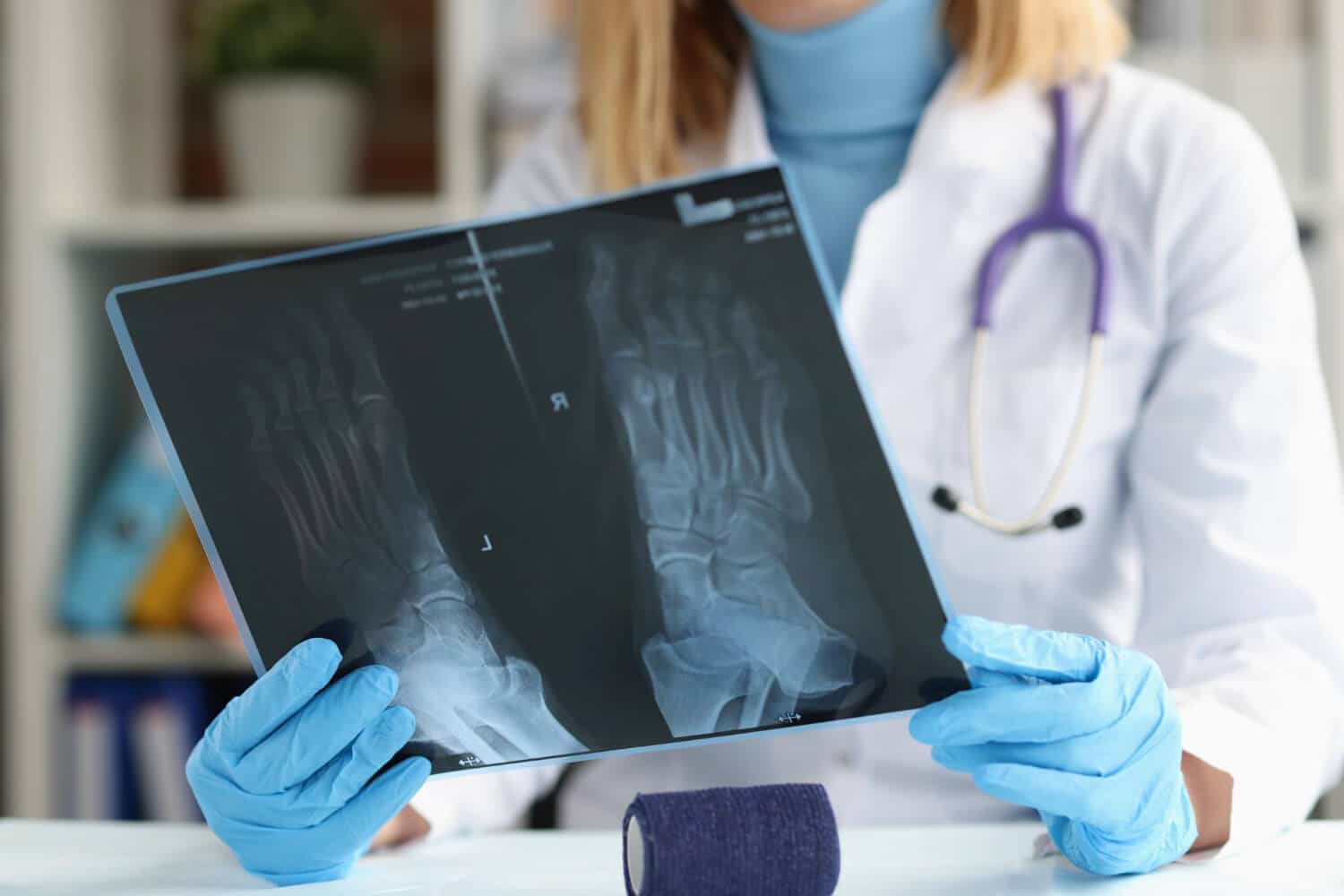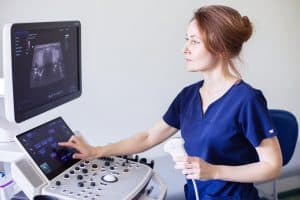A bone scan is a critical medical test. It is administered to diagnose and assess a variety of bone conditions and disorders. It is a harmless and non-invasive process commonly conducted in hospitals and clinics. Here, we will discover the tests and procedures involved in a bone scan.
What is a Bone Scan?
A bone scan is a nuclear screening test that uses a minute amount of radioactive material and a unique camera to detect abnormalities in the bones. The radioactive material, called a radiotracer, enters a patient’s bloodstream. It collects in the bones, particularly in areas with heightened bone activity due to damage or disease.
What Bone Scan is Done?
There are three main reasons to administer bone scans:
Diagnosis: Bone scans are done to identify bone diseases, fractures, infections, arthritis, and bone cancer.
Monitoring: They assist in examining the bone healing process after injuries or surgeries and monitor the development of chronic bone conditions.
Metastatic Cancer Detection: Bone scans spot cancer spread to bones, assisting in premature discovery and treatment planning.
Preparation for the Bone Scan
No Special Diet: Mostly, you don’t need to pursue any explicit dietary restrictions before a bone scan.
Clothing: Wear loose-fitting and comfortable clothes without metal snaps and zippers, as these can hamper imaging.
Medications: Notify your healthcare provider about your medications, as some medicines can affect the test results. You may need to discontinue taking them.
Pregnancy and Breastfeeding: If you are pregnant or breastfeeding, inform your medical provider, as some specific precautions may be necessary.
The Bone Scan Procedure
Injection: A bone scan starts with injecting a tiny amount of radioactive material into a vein in your arm. This radiotracer is generally a type of technetium that is harmless and swiftly clears from your body.
Waiting Period: After injecting you, your healthcare provider will direct you to wait about 1 to 3 hours. In this interval, the radiotracer disperses in your bloodstream and is soaked up by your bones.
Imaging: Once the radiotracer has adequate time to penetrate your bones, you will be placed on a scanning table. A gamma camera is used, which is a special camera that captures images of your bones. The camera doesn’t release radiation but identifies the radiation generated by the radiotracer.
Multiple Views: The camera takes images from diverse angles to craft a detailed view of your bones. You may need to change positions between scans to detain images of various areas of your body.
Duration: The imaging procedure can take almost 30 minutes to 2 hours, based on the extent of the scan and the areas being examined.
Safety of Bone Scans
Bone scans are generally not dangerous. The amount of radiation used is nominal and doesn’t have considerable health risks. The radioactive material used in the test has a concise half-life, which means it quickly loses its radioactivity and leaves your body through urine.
After the Bone Scan
After the bone scan, you can usually carry on your everyday activities. You don’t have to follow any restrictions regarding your diet plan and physical activity. The radiotracer continues to lose its radioactivity with time, so drink ample fluids to flush it out of your system.
Interpreting Bone Scan Results
Normal Results: Uniform bone images with no areas of increased uptake indicate healthy bones.
Abnormal Results: Heightened radiotracer signal suggests bone anomalies like fractures, infections, cysts, or bone diseases like osteoporosis.
Follow-up Tests: If abnormal findings are detected, further tests or imaging studies may be required to determine the cause and extent of the problem. Your doctor will discuss the results and develop a treatment plan if needed.
Uses of Bone Scans
Fractures: bone scans spot fractures, like stress fractures, which may not be noticeable on X-rays.
Infections: Discover bone infections (osteomyelitis) by displaying increased retention in affected areas.
Cancers: Commonly used to identify bone metastases in cancer patients, as cancer cells usually spread to the bones.
Arthritis: Facilitate identifying and assessing inflammatory conditions like arthritis by showing heightened bone activity.
Bone Diseases: Evaluate bone disorders like osteoporosis, which can make the bones fragile.
A bone scan is a helpful indicative and diagnostic gear to examine bone health. It’s harmless and non-invasive; it involves a radiotracer injection followed by imaging with a special gamma camera. Results supply essential information for identifying and treating a range of bone-related conditions.
If your doctor directs you to opt for a bone scan, you must follow his instructions and converse any apprehensions before the process. Continuously pursue your healthcare provider’s dos and donts!





